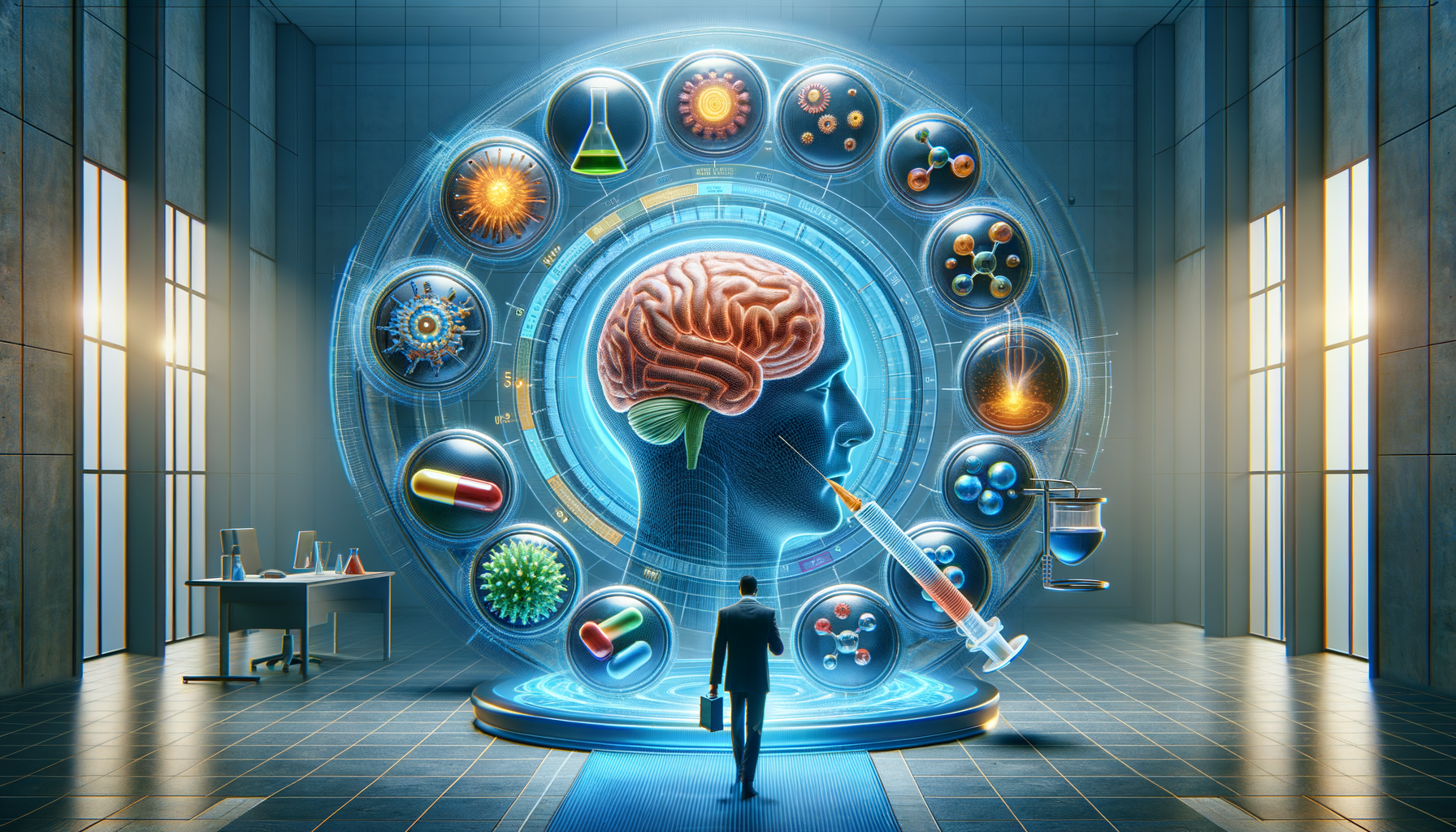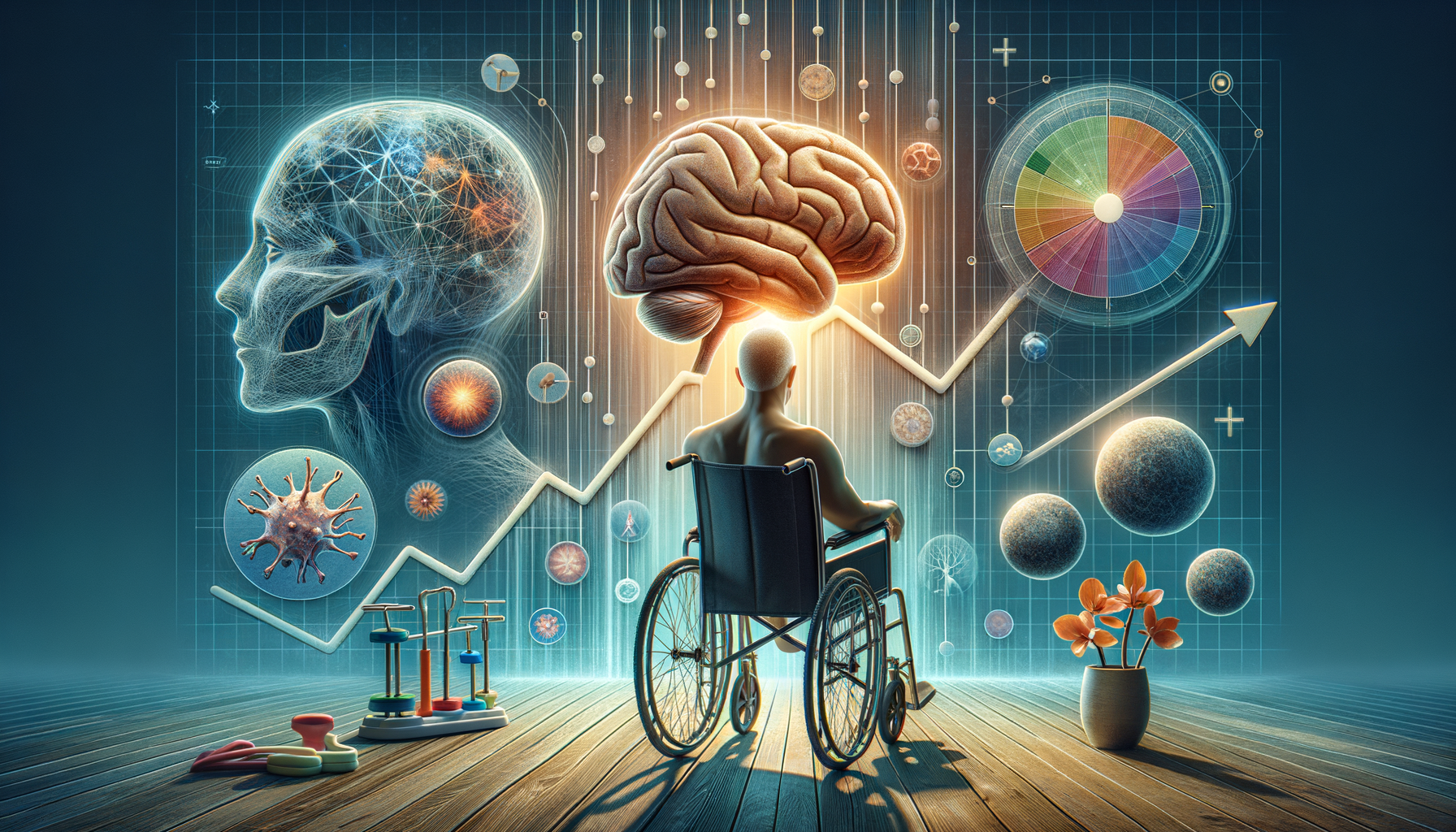Understanding Migraine: A Neurological Challenge
Migraines are more than just severe headaches; they are a complex neurological disorder that affects millions worldwide. Understanding migraines involves recognizing the symptoms, triggers, and the underlying mechanisms that cause them. Migraines can manifest with a variety of symptoms, including intense throbbing pain, nausea, vomiting, and sensitivity to light and sound. These symptoms can last from a few hours to several days, significantly impacting the quality of life.
Research indicates that migraines are often triggered by environmental or lifestyle factors, such as stress, certain foods, hormonal changes, and even weather conditions. The complexity of these triggers makes it crucial for individuals to identify their specific migraine triggers to manage and prevent attacks effectively.
Moreover, migraines are believed to be linked to genetic factors, as they tend to run in families. Understanding the genetic predisposition can aid in early diagnosis and personalized treatment plans. While the exact cause of migraines remains elusive, ongoing research continues to shed light on the neurological pathways involved, paving the way for more targeted therapies.
Identifying and Avoiding Migraine Triggers
One of the most effective strategies for managing migraines is identifying and avoiding triggers. This process often involves keeping a detailed migraine diary to track potential triggers and patterns. Common triggers include:
- Certain foods and drinks, such as aged cheeses, chocolate, caffeine, and alcohol.
- Stress and anxiety, which can exacerbate migraine symptoms.
- Hormonal changes, especially in women, due to menstruation, pregnancy, or menopause.
- Environmental factors, including bright lights, loud noises, and strong smells.
- Changes in sleep patterns or lack of sleep.
By identifying these triggers, individuals can make informed lifestyle adjustments to reduce the frequency and severity of migraine attacks. For instance, maintaining a regular sleep schedule, practicing stress-reduction techniques, and avoiding known dietary triggers can significantly improve migraine management.
Furthermore, technology has made it easier to track and identify triggers with the help of mobile apps designed for migraine sufferers. These tools can provide valuable insights and help individuals take proactive steps toward managing their condition.
Medical Approaches to Migraine Relief
Medical treatment for migraines often involves a combination of preventive and acute therapies. Preventive medications are aimed at reducing the frequency and severity of attacks, while acute treatments focus on alleviating symptoms once a migraine begins.
Preventive medications may include beta-blockers, antidepressants, and antiepileptic drugs, which are prescribed based on the individual’s medical history and response to treatment. These medications can help stabilize the neurological pathways that trigger migraines, reducing the likelihood of future attacks.
Acute treatments typically involve over-the-counter pain relievers or prescription medications such as triptans, which are specifically designed to target migraine symptoms. These medications work by constricting blood vessels and blocking pain pathways in the brain, providing rapid relief.
It is important for individuals to work closely with healthcare providers to find the most effective treatment plan, as migraines can vary greatly in their presentation and response to medication. Regular follow-ups and adjustments to the treatment regimen may be necessary to achieve optimal results.
Alternative Therapies and Lifestyle Modifications
In addition to medical treatments, many individuals find relief from migraines through alternative therapies and lifestyle modifications. These approaches can complement traditional treatments and provide additional support in managing migraine symptoms.
Alternative therapies such as acupuncture, chiropractic care, and biofeedback have shown promise in reducing migraine frequency and severity. Acupuncture, for instance, involves the insertion of thin needles into specific points on the body to stimulate energy flow and alleviate pain. Biofeedback, on the other hand, teaches individuals to control physiological functions such as heart rate and muscle tension, which can help reduce stress and prevent migraines.
Lifestyle modifications, including regular exercise, a balanced diet, and stress management techniques, are also crucial in managing migraines. Engaging in activities such as yoga or meditation can help reduce stress levels and promote relaxation, potentially decreasing the likelihood of migraine attacks.
It is important for individuals to explore different options and find what works best for them. Combining multiple approaches can often lead to better outcomes and improved quality of life.
Future Directions in Migraine Research and Treatment
The field of migraine research is constantly evolving, with new discoveries and treatment options emerging regularly. Advances in understanding the genetic and neurological basis of migraines are paving the way for more targeted therapies and personalized treatment plans.
One promising area of research is the development of monoclonal antibodies that target specific proteins involved in the migraine pathway. These medications have shown significant efficacy in reducing the frequency of migraine attacks and are a valuable addition to the treatment arsenal.
Additionally, advancements in neuroimaging techniques are providing deeper insights into the brain’s activity during a migraine attack, helping researchers identify new therapeutic targets. This knowledge can lead to the development of novel medications and interventions that address the root causes of migraines.
As research continues to progress, it is hoped that more effective and tailored treatments will become available, offering relief to the millions of individuals affected by this debilitating condition. Staying informed about the latest developments and working closely with healthcare providers can empower individuals to take control of their migraine management.




Leave a Reply